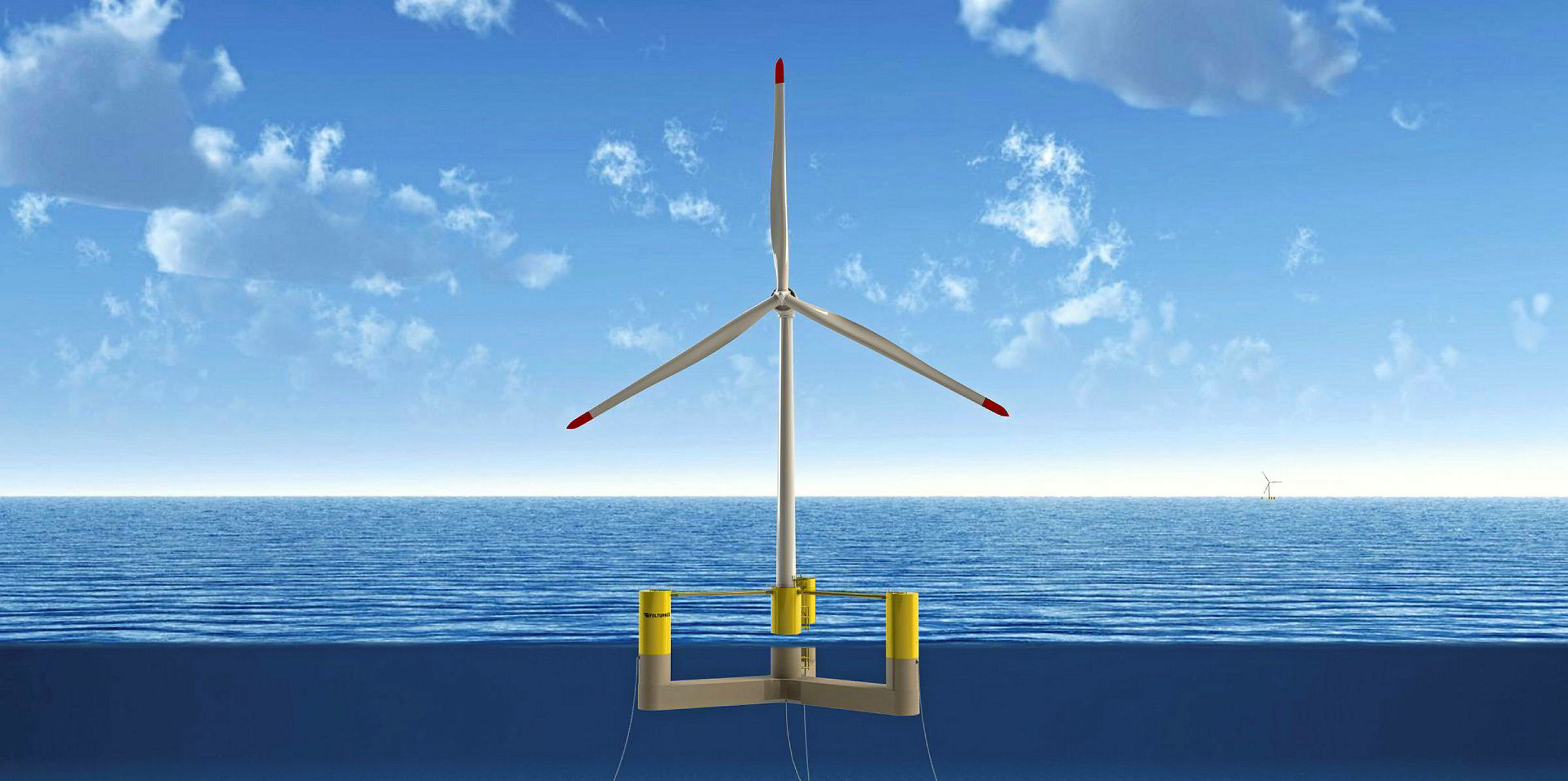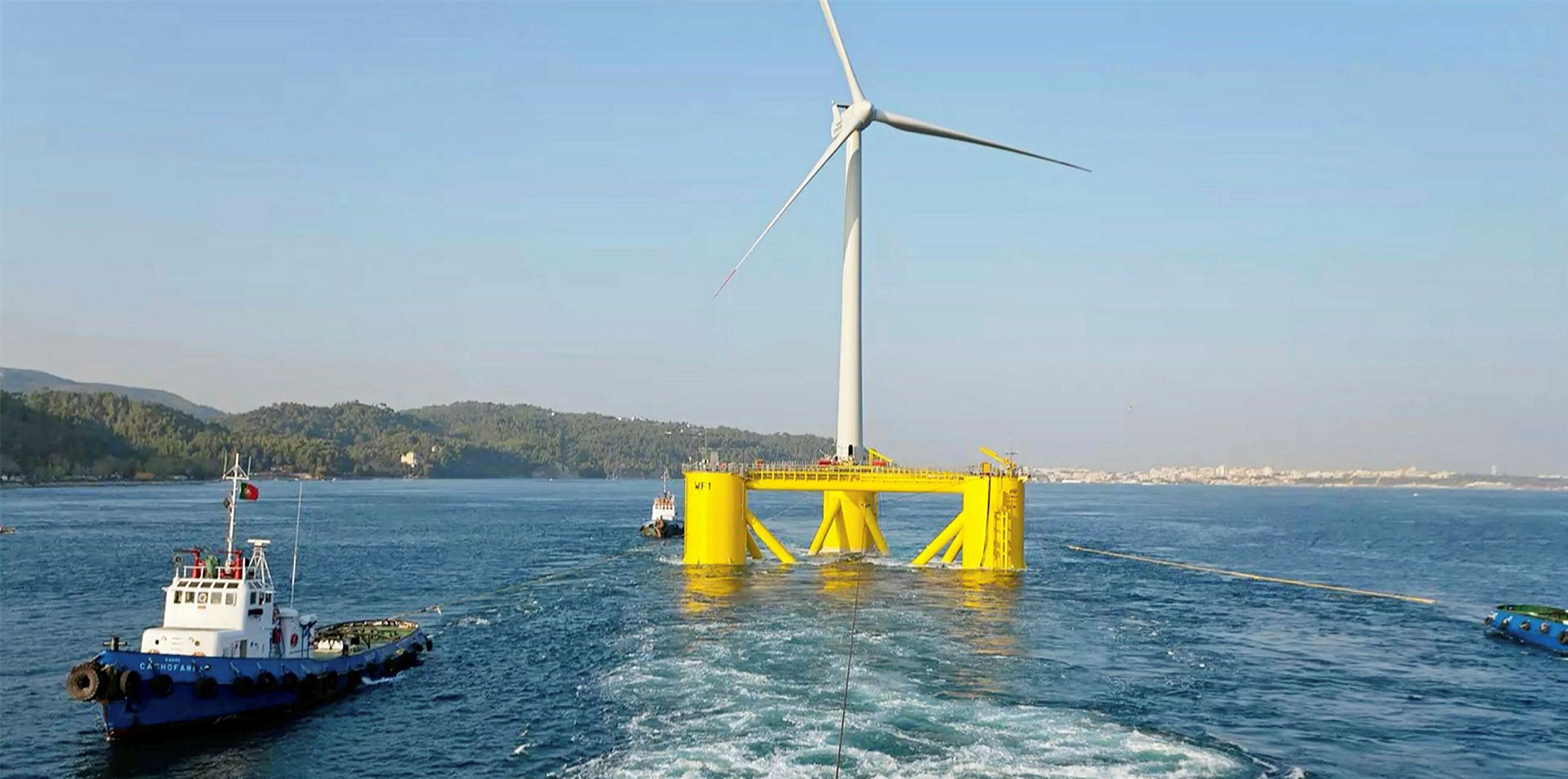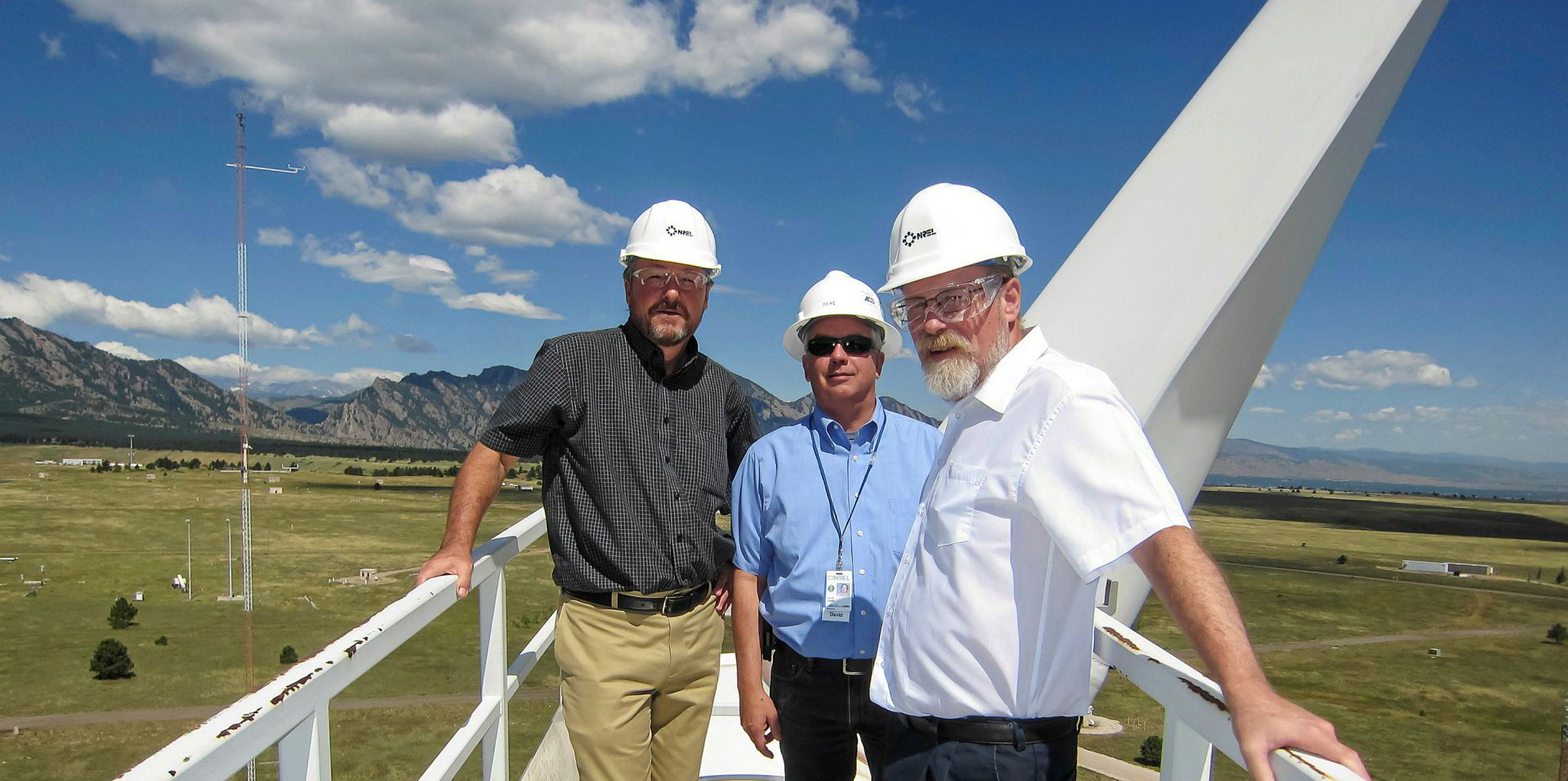The Public Utilities Commission (PUC) of the US state of Maine has voted 3-0 in favour of issuing a power purchase agreement (PPA) for the long-delayed New England Aqua Ventus 1 project, clearing the way for what would be the country’s first industrial-scale floating wind installation.
The approval of a 20-year PPA for the 12MW demonstrator – delayed last year by former Maine governor Paul LePage on “cost” grounds despite having been initially signed-off on in 2014 – marks the latest step forward in the current state administration’s aim of becoming carbon neutral by 2045.
Aqua Ventus 1, originally backed by $40m in federal funding, was given a shot of the arm in June when current Maine Governor Janet Mills signed legislation that compelled state utility regulators to issue the already-approved PPA for the project.
“This is another foundational milestone for the New England Aqua Ventus 1 floating wind demonstrator,” Habib Dagher, executive director of the UMaine Composites Center, which has been the driving force behind the project, told Recharge.
“We thanks Governor Mills for her leadership and vision and appreciate the support from the Maine Legislature and PUC.”
The platform technology at the heart of Aqua Ventus, a concept dubbed VolturnUS, is a multi-patented, modular concrete semisubmersible design that will be outfitted with a 10-12MW turbine for the pilot, replacing original plans for a two 6MW unit project.
As well as providing a new means of power production for Maine – where nearly two-thirds of households use fuel-oil as their primary energy source, according to the Energy Information Administration – the VolturnUS concept has been engineered for local supply chain manufacturing, promising economic development benefits if the design is moved into mass production.
“The concrete hull is uniquely designed to be produced locally, using well-established industrialised bridge-construction methods,” Dagher noted.
With the PPA in place, the reconfigured project, according to Dagher, could be online as early as 2023.
Maine has a vast offshore wind resource, estimated at over 150GW. Calculations by the National Renewable Energy Laboratory suggest Aqua Ventus 1 could produce power at a levelised cost of energy of $70/MWh.
A 1:8-scale version of the VolturnUS concept was installed off Maine’s coast from 2013-14 — the first offshore turbine to deliver power to the US grid.
UMaine’s Advanced Composites Center has landed a series of grants from the Department of Energy, including $1.4m to design an ultra-lightweight concrete floating wind power concept fitted with technology first developed by NASA to dampen vibrations in rockets.



